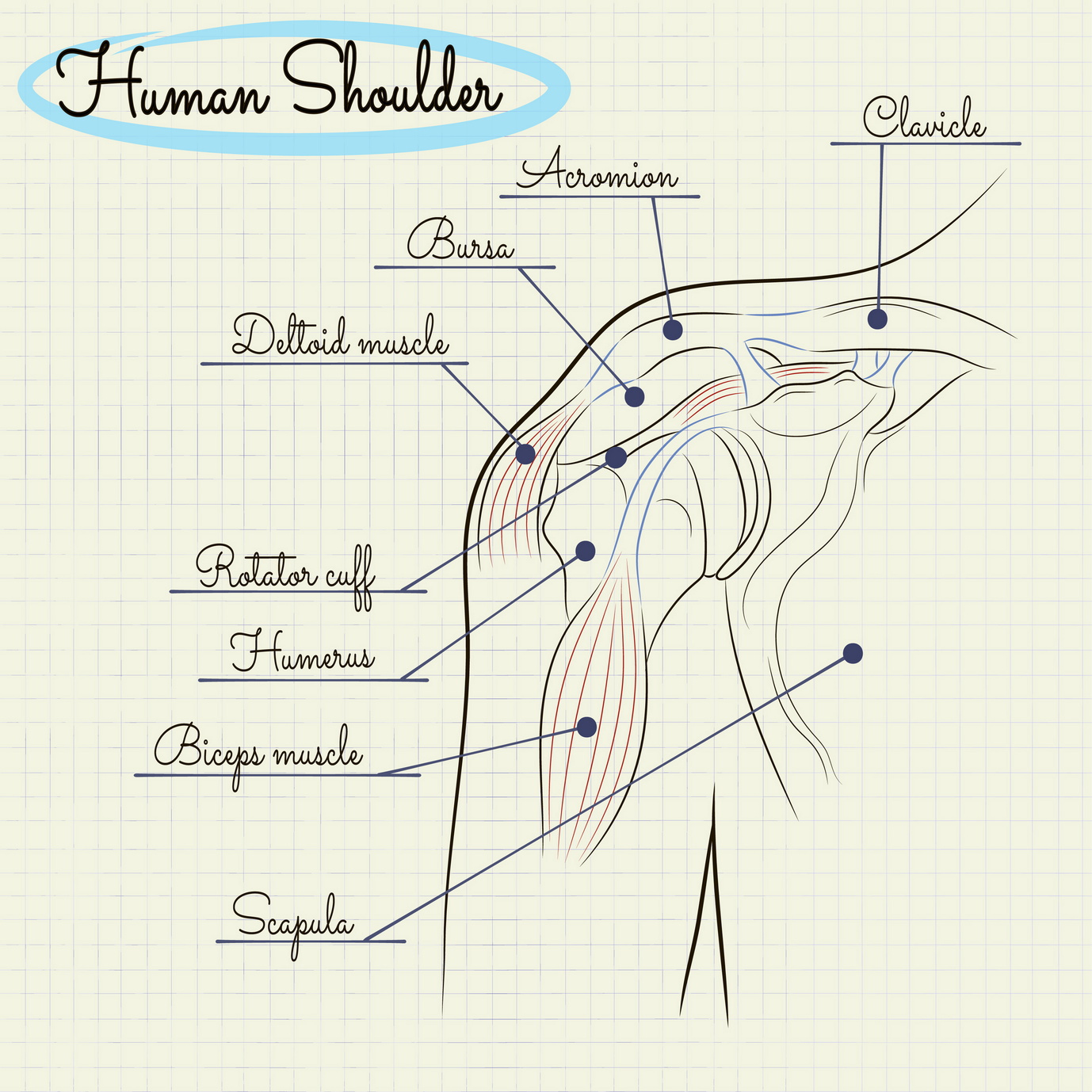The winter seems to be a dangerous time – with people slipping on the ice, arthritis acting up, and increased car accidents. During the winter, many people experience shoulder injuries. The shoulder is especially prone to injuries because of its functionality. It is a ball-and-socket joint that consists of three main bones: the humerus (upper arm bone), clavicle (collarbone) and scapula (shoulder blade). Many muscles, tendons and ligaments hold together the bones, allowing the shoulder to have an incredible range of motion. Below are the most common causes of winter shoulder injuries, and how to prevent them.
Shoveling Snow
Shoveling snow causes a lot of injuries in adults during the winter. Nearly 12,000 people are treated for snow-shoveling injuries per year. Many adults are not used to the strenuous activity involved in shoveling snow, and are prone to pulling their muscles, aggravating old injuries, and even tearing ligaments. The actions involved in shoveling are not normal everyday actions. You twist, lift, and toss things heavier than you normally do every day, and the wetter the snow is, the heavier it becomes.
Prevention
Before you begin shoveling, do a quick warm up. Stretch your arms and shoulders by holding one arm across the chest, grab your elbow, and pull your arm across your body. Repeat with the other arm. Another stretch you can do is the towel stretch. Put a towel in one hand and put it behind your head. With the other arm, reach back behind your lower back and grab the other end of the towel. Pull upwards with the hand by your head to stretch the arm lower on your back. Repeat with the other arm.
While shoveling snow, it is better to push the snow rather than try to lift it. If you need to pick up the snow, lift with your legs, not with your back Your leg muscles are engaged all day as you stand and sit, so they are stronger than your back. Instead of throwing snow over your shoulder, toss it at waist level. Turn your entire body when you throw the snow. Take your time when shoveling snow to prevent injury.
Falls
Another common cause of wintertime shoulder injury is sustained from slipping on ice and falling. As you fall, you can either fall directly on the shoulder or injure it as you try to catch yourself. Common injuries from falling include: torn rotator cuff, dislocated shoulder, bruising, pulled muscles, or broken bones.
Prevention
Wear sensible footwear that has good grips, or use spikes. If it is very icy, shuffle your feet instead of lifting them up to help you balance and lower your chances of falling. Take your time while you are walking across the ice and avoid carrying heavy loads. Learn to fall safely to protect yourself from injury if you do fall.

